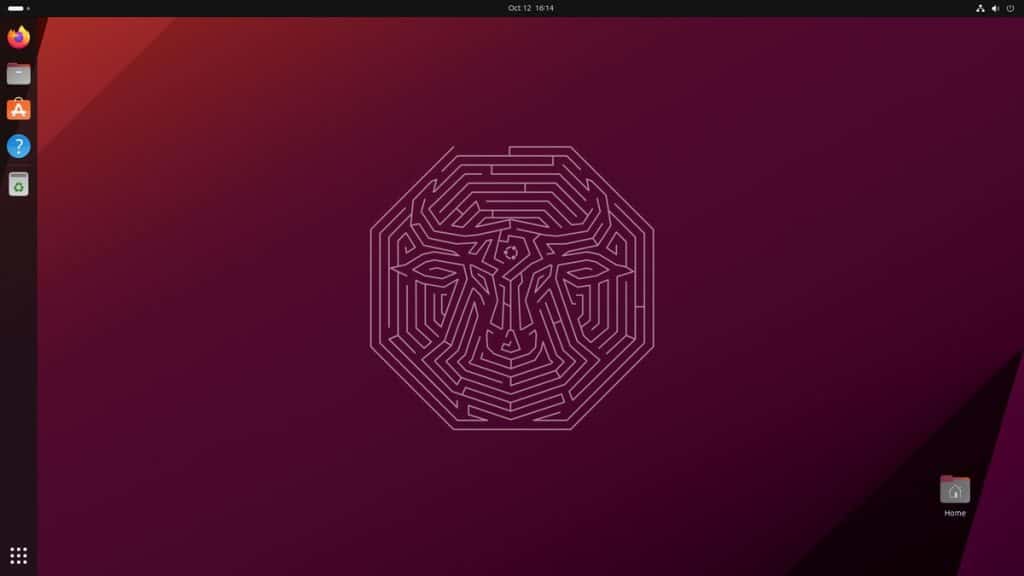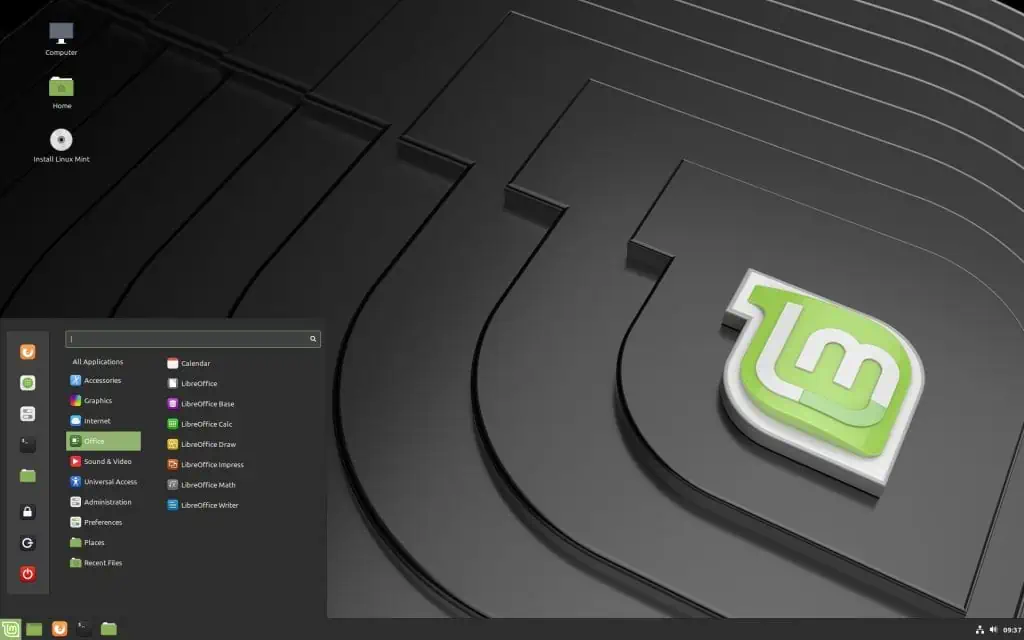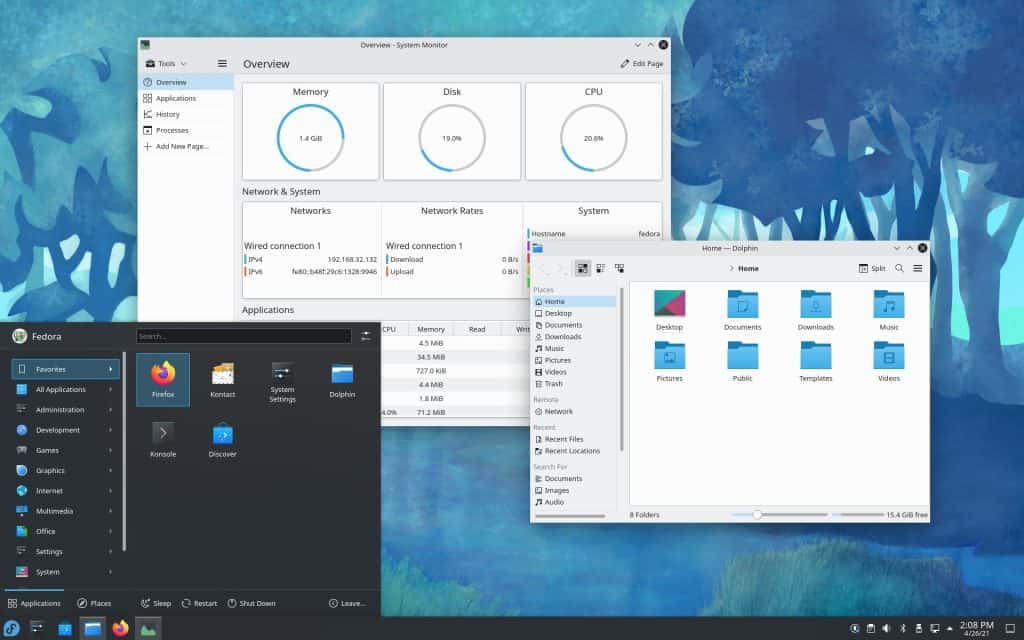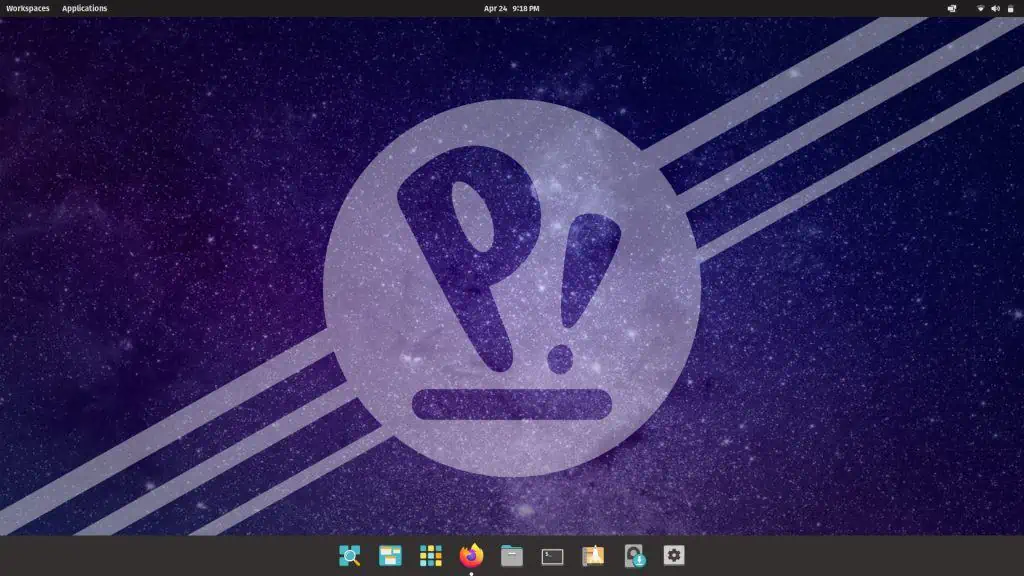Linux is a great choice if you want to set up a VPS or try out a free operating system. It offers various Linux distributions (distro), allowing you to choose the one that suits your needs best.
Microsoft Windows has been the most popular operating system for desktop users for decades. From Windows 95 to the current Windows 11, they have maintained their position.
Distros have made remarkable strides in recent years, becoming a robust and viable alternative to Windows.
If you’re planning a switch to Linux, here are the top 7 Linux distros that can replace Windows on your desktop, each offering unique features and benefits.
What is a Linux Distro?
A Linux distribution is a complete and functional operating system built on the Linux kernel. It includes the Linux kernel, software libraries, applications, and a user-friendly interface.
What distinguishes various Linux distros are the package management systems, desktop environments, and design philosophies they employ. These variations allow users to select a distro that best aligns with their preferences and requirements.
With a clear understanding of what a Linux distro is, it’s time to explore the top 10 Linux distros that can replace Windows on your desktop. Each of these distros offers unique features and advantages, making them an excellent choice for those seeking an alternative to the Windows operating system.
Ubuntu

Ubuntu is one of the most popular Linux distros, known for its user-friendly interface and robust performance.
It’s an excellent choice for users transitioning from Windows due to its ease of use, extensive software repository, and long-term support.
It supports a scale-out computing model, which means the ability to add new resources instead of increasing the capacity of current resources. The open-source nature of Ubuntu will allow users to add up to 100 nodes to its server for free. However, the free version of Ubuntu doesn’t include extended security measures, certificate compliance, and 24/7 support.
System Requirements:
- 4GB RAM (8GB Recommended)
- 25GB Disk space (100GB Recommended)
- A 2GHz dual-core, 64-bit CPU
Download Ubuntu
Linux Mint

Linux Mint is renowned for its elegance and simplicity. It can work with other operating systems, that is it can be set up on either a dual-boot or multi-boot environment during installation.
With its Cinnamon desktop environment, it offers a familiar user interface and a vast software library. Cinnamon is the most innovative environment that includes a full-featured desktop.
It’s good for day-to-day usage and gaming. And it is a great distro for beginners, because of Cinnamon’s simplicity and ease of use.
System Requirements
- 2GB RAM (4GB Recommended)
- 20GB Disk space (100GB Recommended)
- 1024×728 pixels resolution display
- A dual-core CPU
Download Linux Mint
Manjaro

Manjaro is an Arch Linux-based distro designed for both newcomers and experienced users.
However, Manjaro isn’t a pure Arch-based system and it features rolling releases and access to the Arch User Repository (AUR), making it highly customizable and up-to-date.
The new packages from Arch are thoroughly tested before they are merged into Manjaro to ensure stability.
System Requirements:
- 2GB RAM (8GB Recommended)
- 30GB Disk space (80GB Recommended)
- A 2GHz Dual-core, 64-bit CPU
Download Manjaro
Fedora

Fedora is the testing ground for Red Hat Enterprise Linux, known for its commitment to open-source principles.
It’s a stable, secure, and innovative distro focusing on new technologies.
Fedora is a great option for experienced Linux users, but the learning curve for the beginner will be huge for beginners.
System Requirements:
- 2GB (8GB Recommended)
- 15GB Disk space (100GB Recommended)
- A 2GHz dual-core, 64-bit CPU
Download Fedora
Pop!_OS

Developed by System76, Pop!_OS is tailored for compatibility with their hardware and offers a clean and intuitive user experience.
It comes with NVIDIA drivers preinstalled, thus it’s great for users who prioritize gaming and development.
System Requirements:
- 4GB (8GB Recommended)
- 40GB Disk space (100GB Recommended)
- A dual-core, 64-bit CPU
Download Pop!_OS
Zorin OS

Zorin OS is designed to mimic the Windows interface, making it a seamless transition for Windows users. It’s impeccable UI experience will make the users feel at home when they make transition from Windows to Linux.
It offers a customizable desktop and is available in both free and premium versions.
However, the updates are comparatively slow to arrive.
System Requirements:
- 2GB RAM (4GB Recommended)
- 40GB Disk space (100GB Recommended)
- 1024 x 768 resolution display
- A 1GHz dual-core, 64-bit CPU
Download Zorin OS
ElementaryOS

Elementary OS is known for its stunning design, resembling macOS, with a polished and user-friendly interface.
Thus, it’s a great starting point for folks who are looking for a transition from macOS to Linux.
It’s a perfect choice for users who appreciate aesthetics and simplicity. You can find some of the best wallpapers offered by any distro in ElementaryOS.
System Requirements:
- 4GB RAM (8GB Recommended)
- 40GB Disk space (100GB Recommended)
- A 2GHz dual-core, 64-bit CPU
Download Elementary OS
Why Choose Linux Over Windows?
- Free and Open Source: Linux is distributed under open-source licenses, which means it’s free to use, modify, and distribute. This not only reduces costs but also encourages collaboration and innovation.
- Security: Linux is renowned for its security features. With a lower vulnerability to malware and viruses compared to Windows, Linux provides a safer computing environment.
- Customization: Linux is highly customizable, allowing users to choose from a wide range of desktop environments, themes, and software. This level of personalization ensures that your desktop experience is tailored to your liking.
- Performance: Linux tends to be more resource-efficient than Windows, making it a preferred choice for older hardware or systems with limited resources. Eventually this leads to faster and more responsive performance.
- Stability: Many Linux distros, especially those designed for servers and critical systems, offer exceptional stability. Frequent updates and patches help maintain a reliable and resilient operating environment.
- Variety of Software: Linux boasts a diverse range of open-source software applications, both for productivity and entertainment. Thus, whether you’re looking for office suites, graphic design tools, or media players, Linux has you covered.
By embracing Linux, users unlock a world of possibilities, offering freedom of choice and the power to mold their operating system according to their desires and needs.
Linux has come a long way in providing a viable alternative to Windows on your desktop. Each of these top 7 Linux distros offers something unique, making the transition from Windows a rewarding experience.
Whether you’re a newcomer or a seasoned Linux user, there’s a distro to suit your needs and preferences.